Council elections: Five ways to get more people to vote
- Published
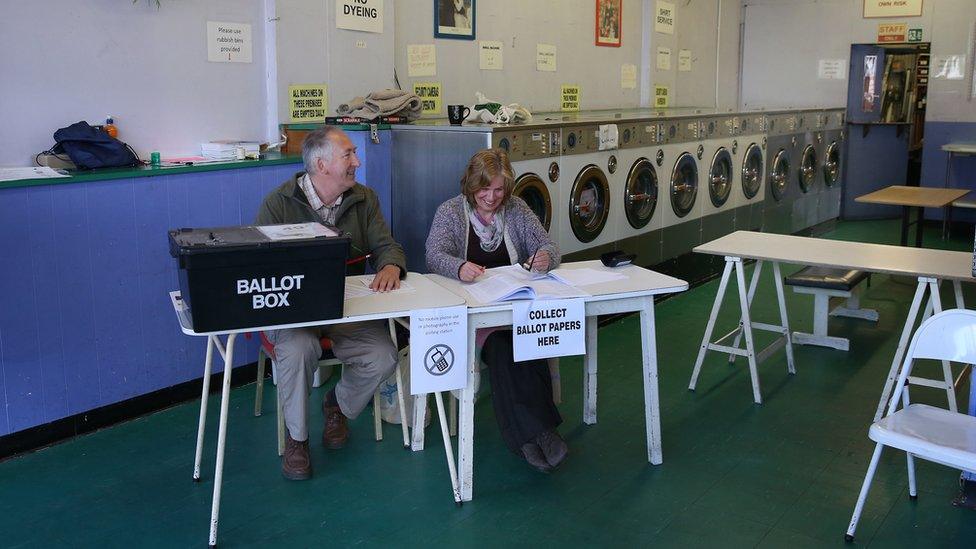
How can low turnout in elections be addressed?
Fewer than 20% of people have chosen to vote in council elections in some areas of England over the past four years, BBC News analysis of voting patterns has shown. Why are people turning their back on local elections and how can they be drawn back to the ballot box?
There were 41 out of about 2,500 wards in England where not even a fifth of the electorate turned out to choose a local councillor in 2012. This was the last time the seats being contested on 5 May this year were elected.
The Electoral Reform Society said this amounted to "serious democratic deficit" and it is vital people vote and hold authorities to account.
So how does the country solve a problem like low turnout? BBC News looks at some of the options.

1. Electronic voting
Online voting would improve turn out, according to market research conducted among 2,000 non-voters before the 2015 General Election.
"We found two thirds of those who did not vote in 2010 said online voting would make them 'more likely' to vote," said Damian Lyons Lowe, chief executive of the research company Survation.
"Improving access in this way might be particularly important for the 9% of non-voters who said they were 'not able to access a polling station or get a postal ballot'."
A commission set up by the Commons Speaker John Bercow said that by 2020 "secure online voting should be an option for all voters".
Electronic voting is used in Estonia, where about 30% of participants cast their ballot online. So-called e-voting in the country has grown in popularity, from 30,275 users in the 2007 parliament elections to 176,491 people in 2015, while overall turnout has risen from 61.9% to 64.2%.
However, the Estonian government says research suggests it did not play a great role in getting more people to vote.
Arne Koitmäe, an adviser in the elections department of the Chancellery of the Riigikogu, said: "[Researchers] found that while the aggregate turnout did increase marginally, they cannot really claim that this was only down to e-voting as such.
"Their conclusion was that e-voting simply makes voting easier but it doesn't address the underlining causes of turnout decline and it will not necessarily engage those for whom the problem lies in politics as such."

2. Make voting compulsory
In Australia, non-voters face fines of $20 (about £11), rising to $170 (about £93) plus costs if they fail to pay. In the 2013 General Election, turnout was more than 93%, compared with 66.1% in the UK in 2015. However, Australian voters spoiled 5.9% of ballot papers, while the UK electorate spoiled just 0.2%.
Labour MP David Winnick tried to make voting a "civic obligation" in the UK via a Private Member's Bill, but it never made it beyond the Commons.
But the Civitas think tank is concerned it might turn voting into "one more thing that the state requires us to do, like filling in a tax form or taking the car for its MOT".
And Dr Annabelle Lever, a former fellow at the London School of Economics, has argued compulsory voting could see people without strong views coerced into voting a certain way by others.
Writing in the journal Public Reason, external she said: "Most protest, and all voting, depends for its success on the behaviour of other people, many of whom we will not know, many of whom will have interests and beliefs quite at odds with our own, and over whose behaviour we have no influence.
"People must, therefore, have rights to limit their participation in politics and, at the limit, to abstain."

3. Target young people

Liverpool's John Moore University students throw their mortar boards in celebration. But are they throwing away their votes?
The council ward with the lowest average turnout in 2012 was Liverpool Central, according to data from the Electoral Commission.
The city council blames the low turnout on "voter apathy" for local elections among the large number of students registered in the ward. The ward saw a big rise in turnout in 2015 when the council elections coincided with the General Election.
Ellie Hughes, who stood as a prospective councillor in Manchester in 2014 when she was an 18-year-old student, said she had tried to encourage friends to vote but "a lot of people didn't even know there was a council election".
However, impartial campaign group Bite The Ballot, which encourages young people to vote, says that far from "apathy", many students feel councils do not want to consult with them.
Campaigns manager Abiodun Michael Olatokun said: "Young people are not apathetic. They do care deeply about the area they live in, about the standard of housing, the number of police officers and so on. Local democracy needs to be repurposed and made more accessible, with more online consultation and more use of social media."
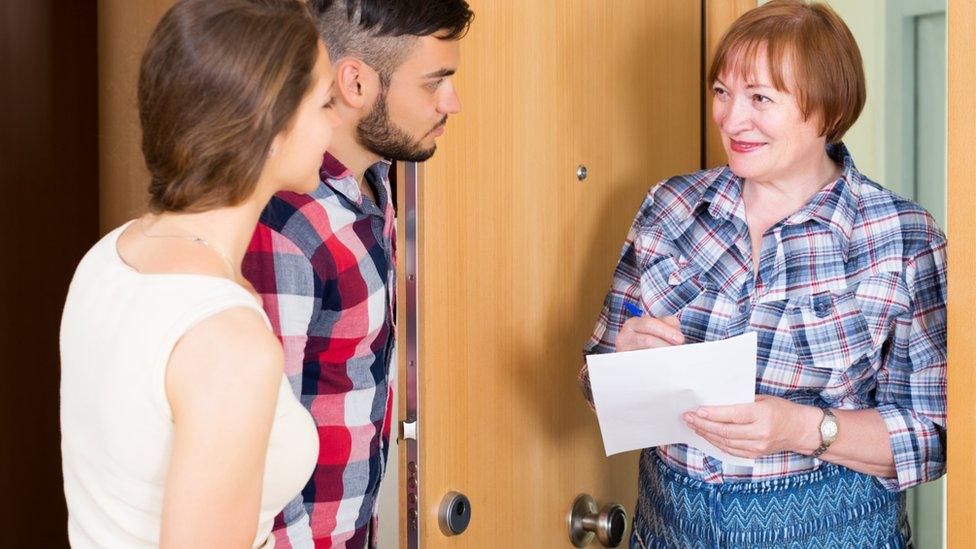
Bite the Ballot thinks young people would be interested if authorities consulted with them
Members of BBC Generation 2016, hand-picked to represent a broad cross-section of young people in the UK, agreed there was an issue with student engagement. They said this may be due to them being more interested in their home town than their place of study.
Takyiwa Danso, 23, from London, said: "You're kind of like a nomad, you don't really see yourself in one place. You probably care about where you're actually from."
Work to try to get more young people to vote in the council elections on 5 May has included writing to tenants of halls of residence to remind them.
The Electoral Commission says students are difficult to keep track of on the electoral register because they might be on it at their parents' home, but not at their term time address. It also found similar difficulties among young private renters, external.

4. Change the voting system
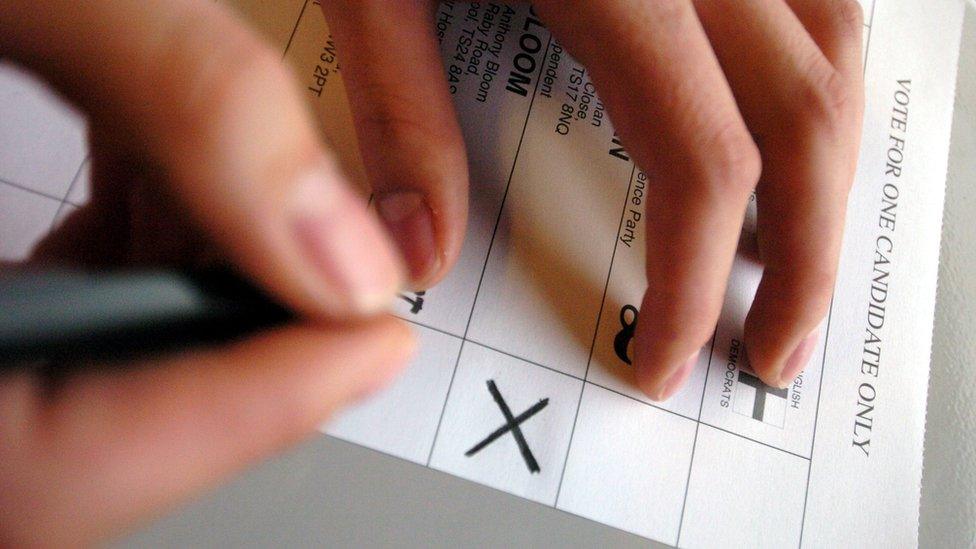
Does "first past the post" put people off?
MPs and English councillors are elected by the "first past the post" system. The candidate with the most votes wins.
Katie Ghose, chief executive of The Electoral Reform Society, says countries with proportional representation typically have higher turnouts "as people feel their votes actually count".
It suggests moving to proportional representation, such as the Single Transferable Vote (STV) used in local government elections in Northern Ireland and Scotland. STV involves ranking candidates in order of preference.
On its website, the society also lists the disadvantages of STV, saying the count takes longer, can lead to larger constituencies and result in people voting for the candidates "in the order they appear on the ballot".
In 2011 a referendum on changing the voting system for MPs to the "alternative vote" saw 68% of voters say no. Prime Minister David Cameron, who campaigned against it, said at the time: "It can mean someone who's not really wanted by anyone winning an election because they were the least unliked."
Elections for police and crime commissioners use the "supplementary vote" system if there are more than two candidates. Voters choose a first and second preference.
However, when the positions were first elected in 2012, national turnout was a record low at fewer than 15%. Lack of awareness about the elections was the most common reason, external given.
5. Work out what voters want
When Survation asked 2,096 non-voters what would persuade them to cast a ballot, the most popular answer - at 39% was "other".
Mr Lyons Lowe said: "Our major study of non-voters revealed that in most cases, non-voters have the same concerns about political issues that voters have - creating a stable economy, promoting jobs, reducing poverty, reforming welfare and protecting the NHS.
"The key difference between voters and non-voters is that the latter are not making the connection between these issues in principle and the political and electoral system in practice.
"Only 19% of non-voters gave 'no interest in politics' as their main reason for not voting, compared with 42% who said either parties and candidates are all the same or what they believe isn't represented by the parties or candidates.
"When asked what might make them more likely to cast a vote, many respondents wanted more information about the parties and candidates, but a significant minority wrote verbatim comments within the research that they wanted better candidates to vote for, or else that there simply was nothing that would persuade them to vote."
Tap here, external to find out which election is taking place in your area.
- Published3 May 2016
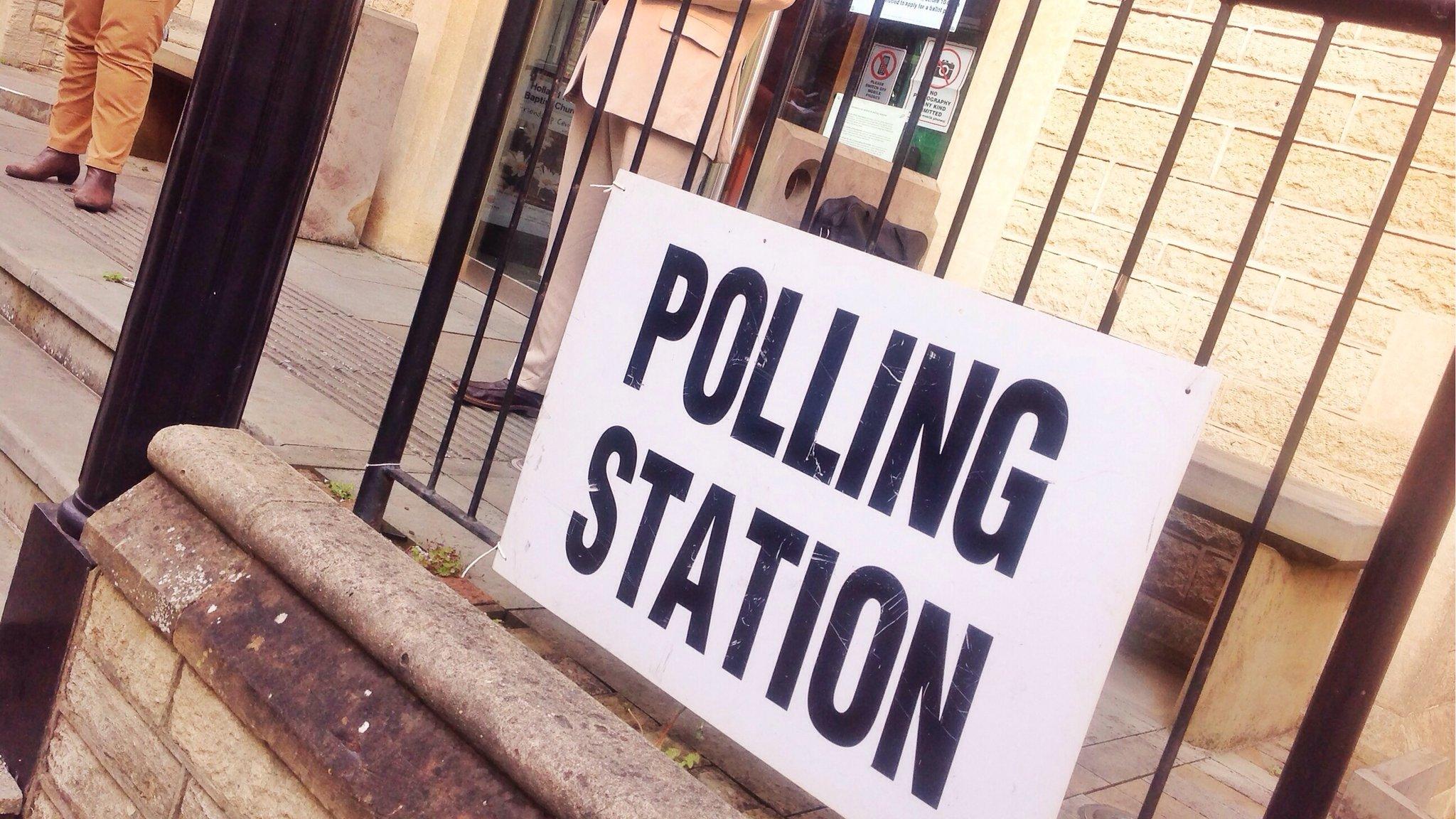
- Published28 April 2016

- Published28 April 2016
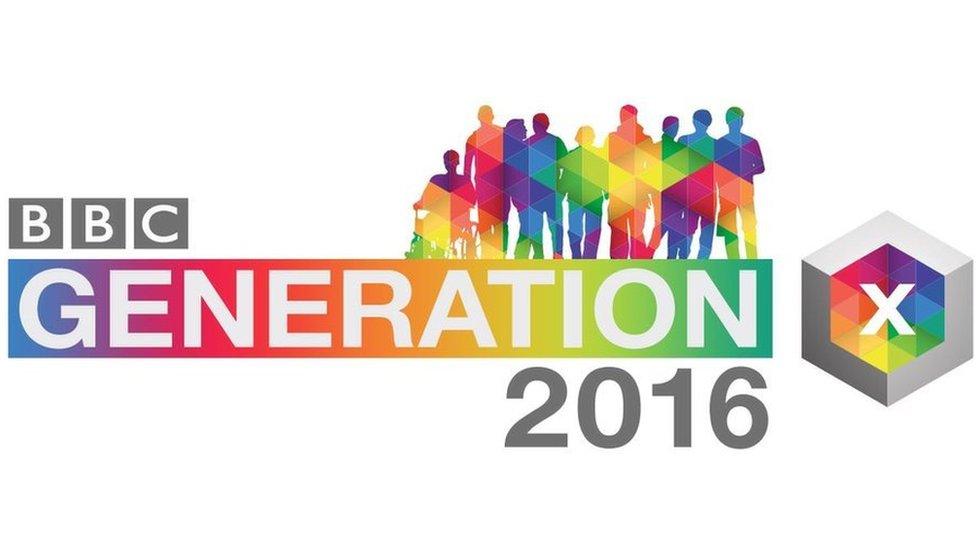
- Published14 January 2015

- Published17 November 2012
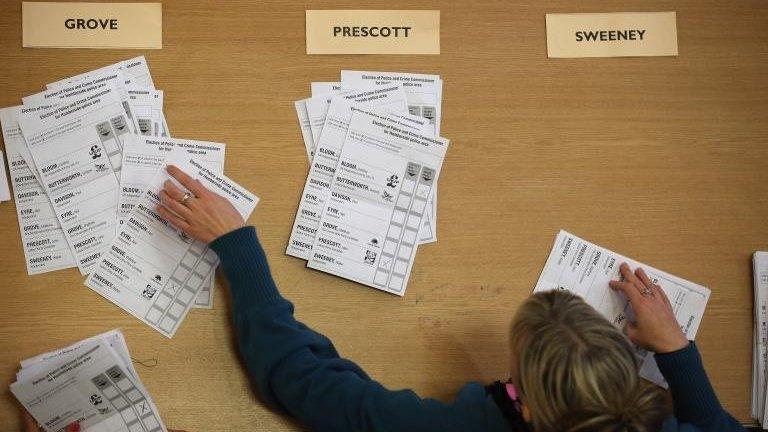
- Published7 May 2011